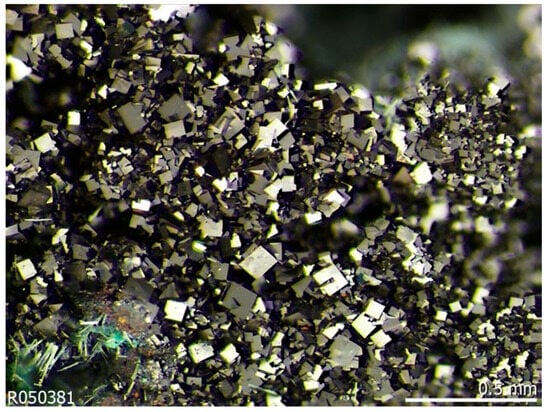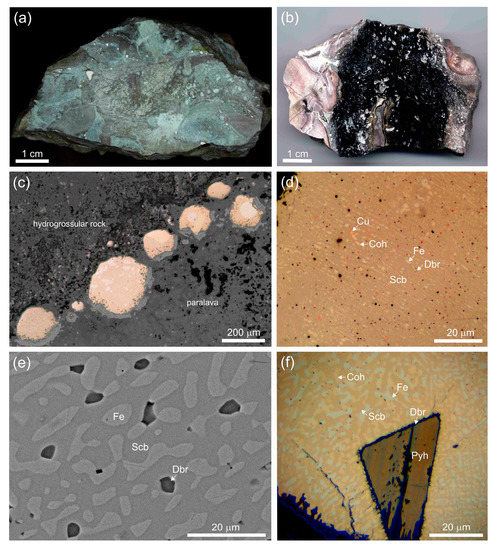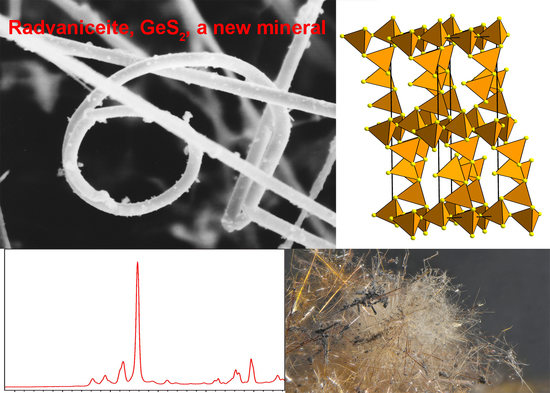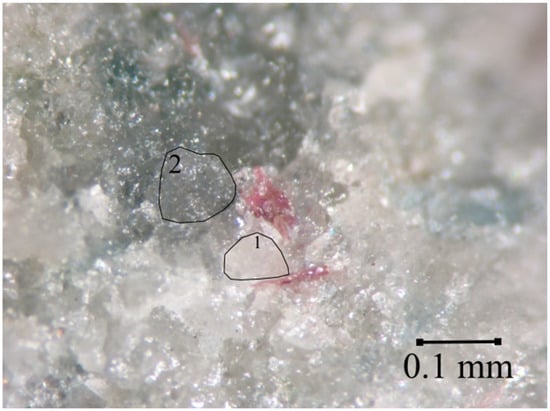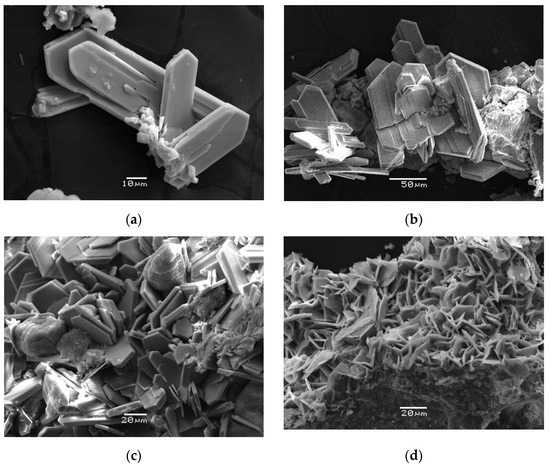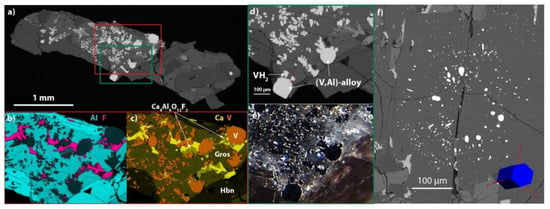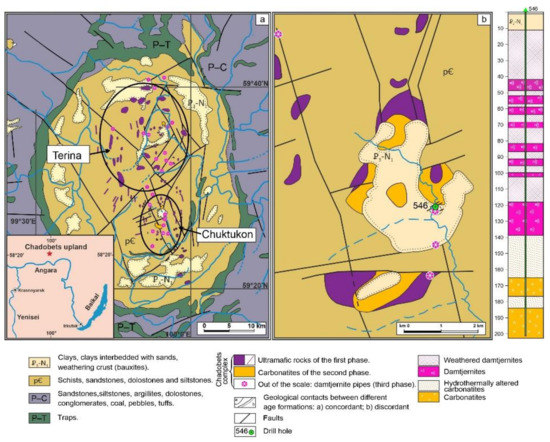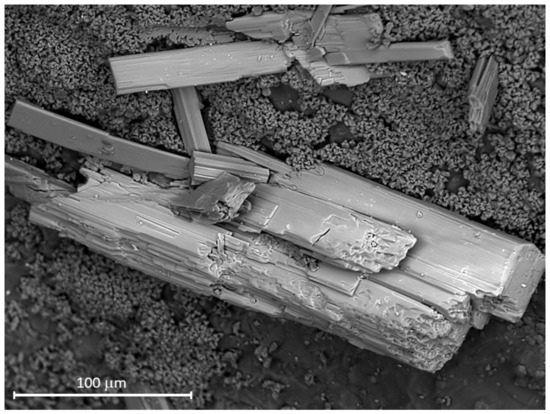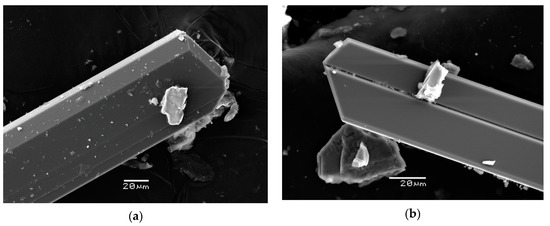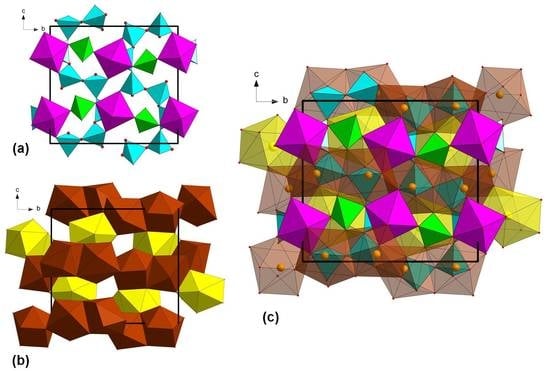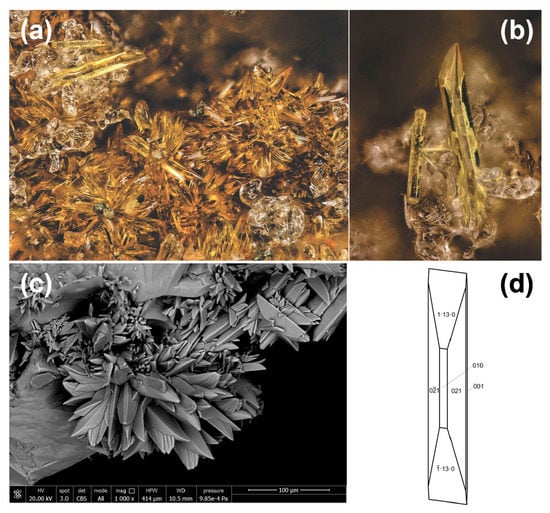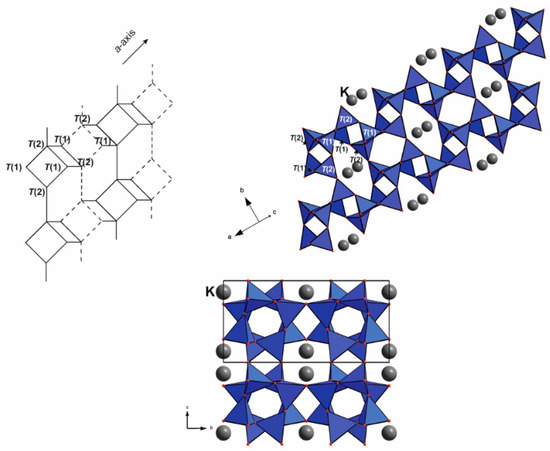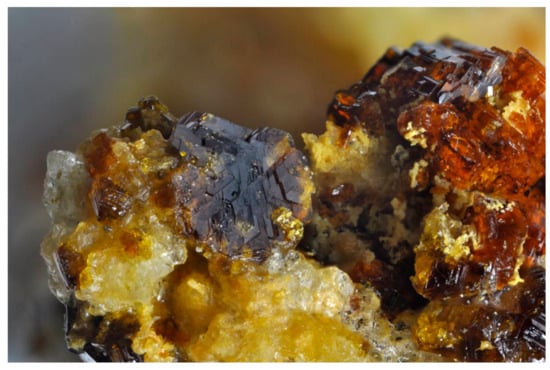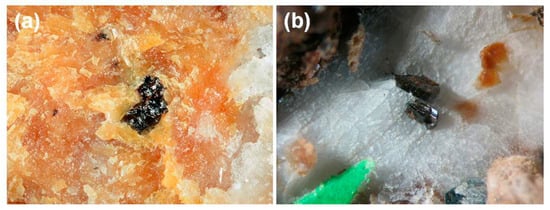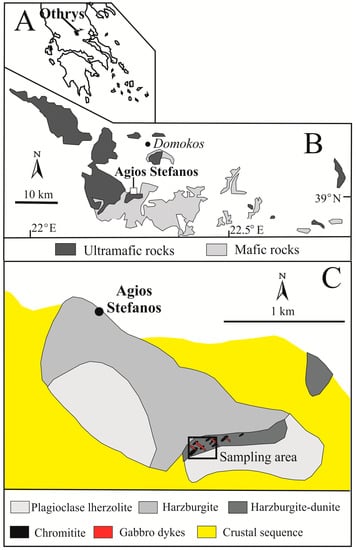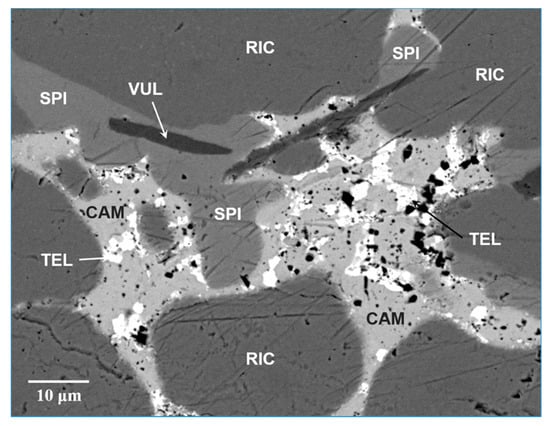New Minerals
A topical collection in Minerals (ISSN 2075-163X). This collection belongs to the section "Crystallography and Physical Chemistry of Minerals & Nanominerals".
Viewed by 80994Editors
Interests: new minerals; crystal chemistry; pyrometamorphic rocks; skarns; rodingites; Raman spectroscopy; crystal growth
Special Issues, Collections and Topics in MDPI journals
Interests: mineralogy; crystal chemistry of minerals and inorganic compounds; rare elements; microporous materials; geochemistry of alkaline rocks and postvolcanic processes
Special Issues, Collections and Topics in MDPI journals
Interests: genetic and prospecting mineralogy; microbeam analysis technique and its standardization
Special Issues, Collections and Topics in MDPI journals
Topical Collection Information
Dear Colleagues,
The number of new minerals has increased continuously in recent years, reaching almost 200 new species in 2018. This great bunch of discoveries calls for a proper place to publish their descriptions and characterizations. We strongly believe that this topical collection of the journal Minerals could be the right place to report such accounts.
New minerals are becoming more and more important for the improvement of the knowledge about processes relevant for Earth and planets with possible know-how transfer to environmental and material sciences. They are indeed messengers about the way Earth works, from the mantle to the surficial environments. In the present society, a deep knowledge of (new) minerals are becoming increasingly important, not only because they are the source of several useful metals, but also for their interesting applications in high-tech fields. Therefore, by increasing the knowledge of new minerals we could increase the understanding of the past, present, and future of our planet.
Prof. Dr. Irina O. Galuskina
Prof. Dr. Igor V. Pekov
Dr. Zhenyu Chen
Collection Editors
Manuscript Submission Information
Manuscripts should be submitted online at www.mdpi.com by registering and logging in to this website. Once you are registered, click here to go to the submission form. Manuscripts can be submitted until the deadline. All submissions that pass pre-check are peer-reviewed. Accepted papers will be published continuously in the journal (as soon as accepted) and will be listed together on the collection website. Research articles, review articles as well as short communications are invited. For planned papers, a title and short abstract (about 100 words) can be sent to the Editorial Office for announcement on this website.
Submitted manuscripts should not have been published previously, nor be under consideration for publication elsewhere (except conference proceedings papers). All manuscripts are thoroughly refereed through a single-blind peer-review process. A guide for authors and other relevant information for submission of manuscripts is available on the Instructions for Authors page. Minerals is an international peer-reviewed open access monthly journal published by MDPI.
Please visit the Instructions for Authors page before submitting a manuscript. The Article Processing Charge (APC) for publication in this open access journal is 2400 CHF (Swiss Francs). Submitted papers should be well formatted and use good English. Authors may use MDPI's English editing service prior to publication or during author revisions.
Keywords
- new minerals
- crystal structure
- crystal chemistry
- new structure type
- mineral group
- mineral supergroup
- mineral classification
Related Special Issue
- New Mineral Species and Their Crystal Structures in Minerals (15 articles)








